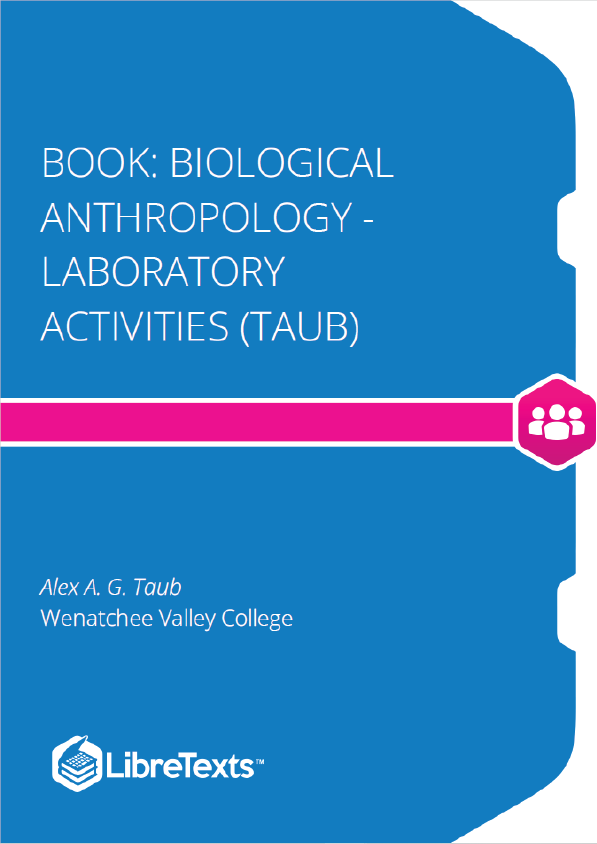Students will need an assigned text to assist with these activities, identify bone and features, understand the proper use of Hardy- Weinberg Equilibrium, significance of primate taxonomy, and specific information about various early human forms.
Acknowledgements Page 4
Please note: These activities are meant to be used in connection with a full Biological Anthropology Course and full textbook. The instructor is expected to present the base material that students will need to complete each activity. This allows the instructor to mold the activities to their own approach. Students will need an assigned text to assist with these activities, identify bone and features, understand the proper use of Hardy-Weinberg Equilibrium, significance of primate taxonomy, and specific information about various early human forms. These activities are presented in the sequence they might be used if teaching with Introduction to Physical Anthropology by Robert Jurmain et al.1 These activities do not need to be used in the order presented and are meant to allow an instructor to have lab activities for students that do not require the students to purchase a separate lab manual. The contents of this manuscript are available by means of Creative Commons. They may be used free of charge as long as this author and all other copyright holders are given credit for their work. Should you have any activities you wish to add to this manual, and make available under creative commons to other instructors, please notify this author.
Lab 1 & 2 Pages 5-12
These are the only lab quizzes in this book. On the first week I introduce the students to the 206 bones of the typical adult human. Week two, the students are provided with blank copies of the images in these activities. I then point to ten or twenty specific bones and the student must locate and name the bone on their sheets. After the quiz, I then introduce them to the major features and landmarks of the bones. Week 3, the students receive the same blank versions of these images, and again I point to 10 to 20 different features or landmarks on various bones. They are expected to locate these on the correct image, location, and name them correctly. We then continue onto lab 3.
Lab 3 Pages 13-14
This is an introduction into the application of the Hardy-Weinberg Equilibrium. It is expected that the presenter will explain the assumptions required for Hardy Weinberg equilibrium to function. The first four questions require the students to place the assigned percentages into the provided equations. The second page asks to interpret what might happen given certain situations. The goal with these activities is for students to understand that just because a trait is not “dominant” does not mean it will quickly be removed from the gene pool of a population. Sometimes, recessive traits have a better possibility for long term survival. I usually collect this lab at the start of week 4.











